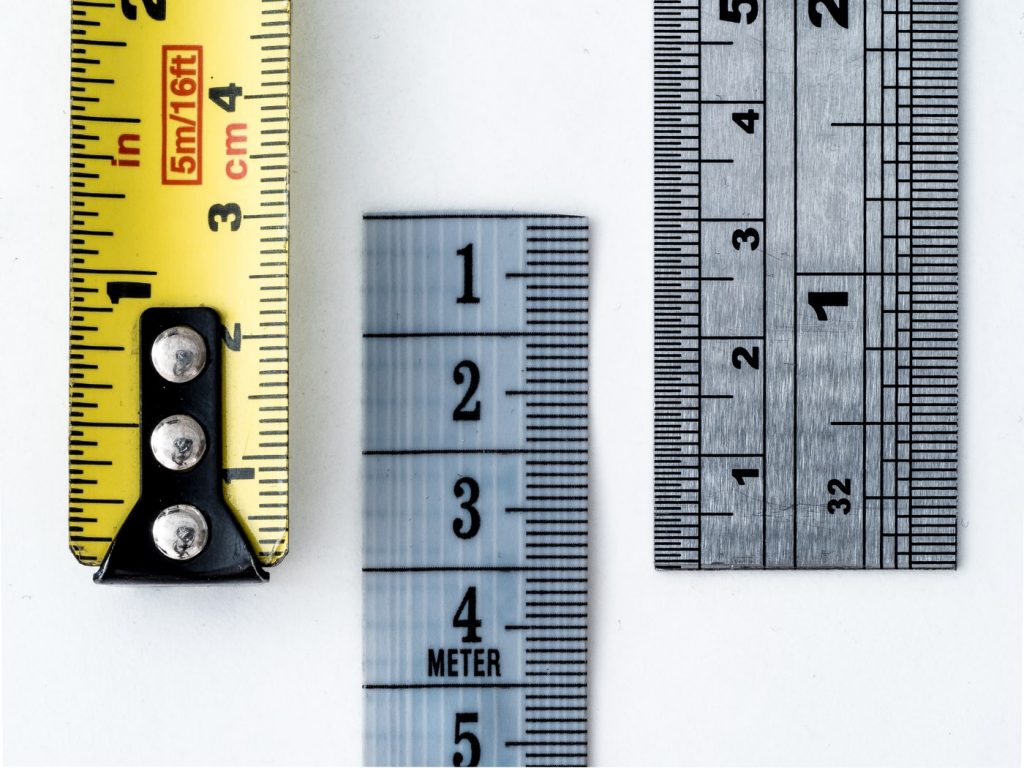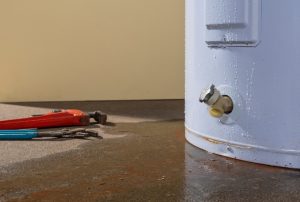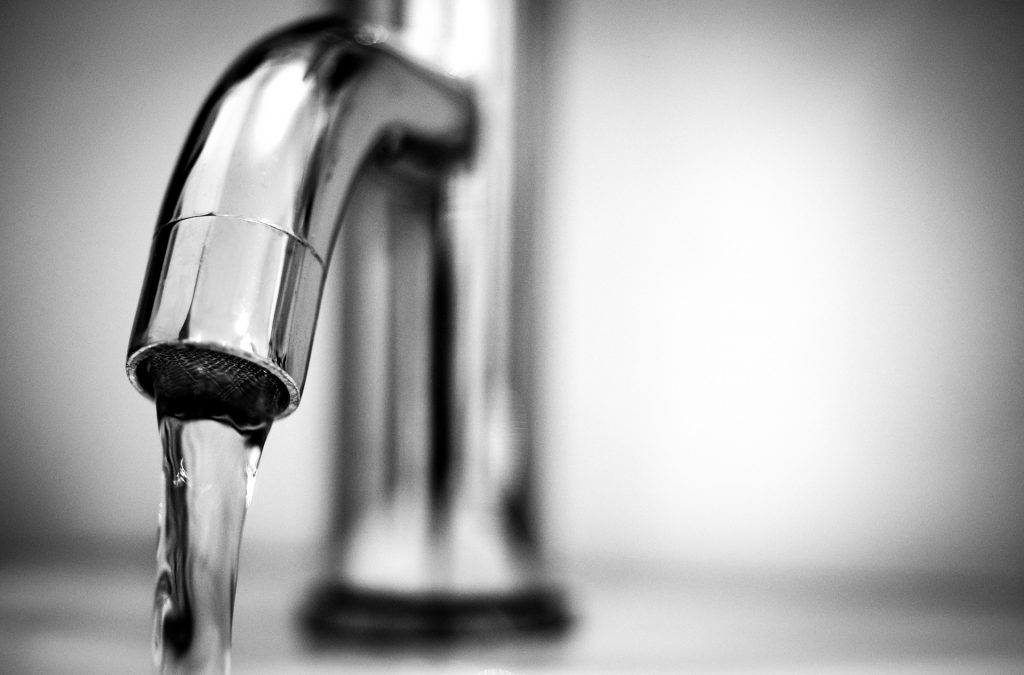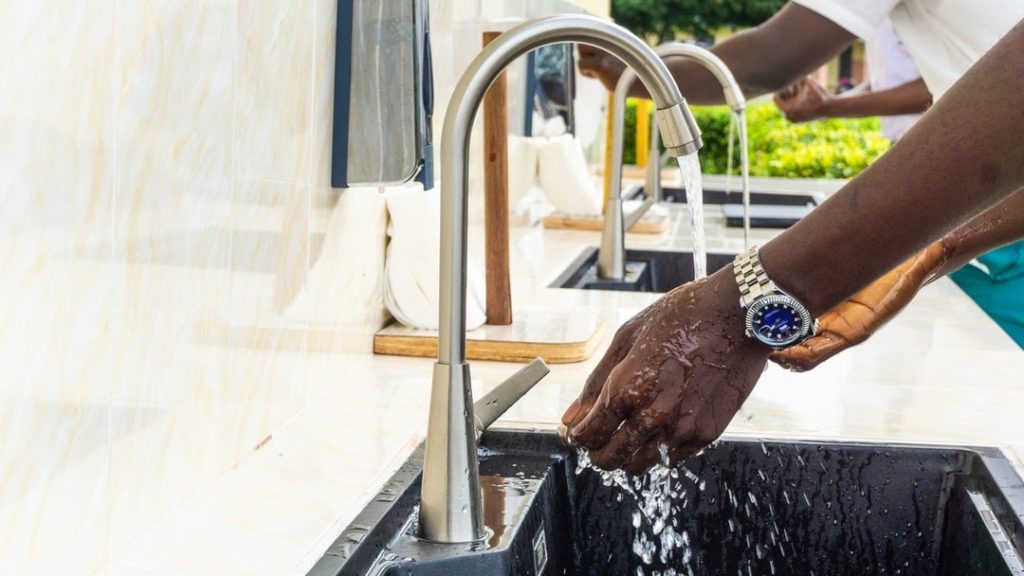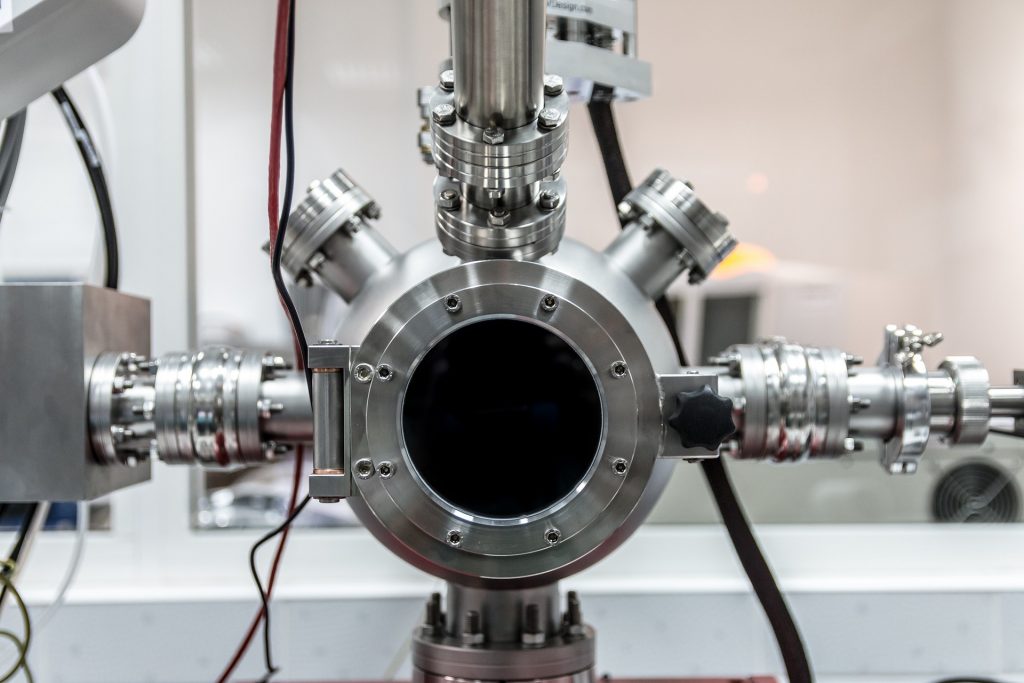Are you thinking of buying a water heater for your house? Well, whether it’s a first-time installation or a replacement project, you need to choose the right sized heater. Having the correct-sized water heater guarantees that all your home’s hot water needs are met effectively.
But how do you identify the correct water heater for your home? No need to worry! This article explains all the necessary steps you need to follow in your water heater sizing and purchase process.
Here we will focus on how to size two main types of water heaters including:
- Tank water heaters
- Tankless water heaters
This will help us understand better how to size a water heater, no matter the type.
How to Determine Water Heater Size
- Tank Water Heaters
Generally, these types of water heaters are sized according to how much water, in gallons, they can hold. For instance, residential water heaters will hold between 30 to 80 gallons.
However, when determining the right tank water heater size for your house, you must also consider these two main factors:
- Peak hour demand
- First-hour rating
Peak hour demand is just as the name suggests – the amount of hot water your household uses during high-demand times of the day. Calculating or understanding this figure will help you determine what size of a water heater you need.
For example, each member of the household can use 12 gallons of water showering. So, if 4 people in the house take a shower in the morning, the total number of gallons used will be 12 multiplied by 4, which is 48 gallons. This means that if the peak hour demand is 48 gallons, your tank water heater should be able to provide more than this amount during the peak hour.
On the other hand, your household’s FHR (first-hour rating) measures the amount of hot water that your water heater can supply to your household per hour. And, it’s different from your hot water tank’s capacity.
The FHR rating is determined by several factors, including the tank’s capacity, burner or element size, and fuel type. It’s good to note that the FHR ratings for an oil or gas-powered heater will be higher than an electric-powered one.
Your household’s FHR ratings should always be higher than the corresponding peak hour demand. Therefore, if you have a peak hour demand of 48 gallons, be keen to choose a water heater with a higher FHR rating – let’s say above 55 gallons.
- Tankless Water Heaters
Also known as on-demand water heaters, there is a different way to determine the best size for these heaters. For starters, since they don’t have a storage tank, the system heats the water as it flows to the desired outlet.
For this reason, instead of using the tank’s capacity to determine the best size for a household, we use these factors:
- Flow rate
- Maximum temperature rise
The first step is to determine how many hot water devices you wish to use at any given time. Then, add up the devices’ flow rates to determine your household’s total desired flow rate. This is the same rate that your tankless water heating system should be able to offer.
For instance, let’s assume you expect to run the following hot water devices simultaneously:
- Water faucet – 0.75 gallons a minute
- Showerhead – 2.5 gallons a minute
- Washing machine – 2 gallons a minute
This means that the desired water flow for your tankless water heater should be 0.75+2.5+2, adding up to 5.25. Getting a water heating system with a flow rate above 6.5gpm (gallons per minute) is desirable.
Maximum temperature rise is the difference between the incoming water temperature and your desired household’s water temperature.
For instance, assume the incoming water is 50 degrees, and you want the water heated to 120 degrees. This means that you need a water heater with a maximum temperature rise of 70 degrees.
Now, combining the two factors, you’ll need a tankless water heater with a flow rate of 5.25 gallons per minute and a max temperature rise of 70 degrees.
Note: Cooler incoming water or faster flow rates can influence the temperature of the water running on distant faucets. A thermostatically controlled water heater is recommended as it varies the water output temperature as needed.
Commercial Water Heater Sizing
Getting the correct water heater size for commercial applications can be a bit more complex than it is with a residential one. Firstly, there is a vast range of commercial water heaters on the market. And secondly, the mode of operation in commercial settings (like a restaurant or hotel) is different from that of a home.
So, what factors should you keep in mind when sizing a commercial water heater? The main determining factors to look for include the following:
- The tank’s storage capacity
- Energy Input
This stems down to the amount of hot water a tank can store, as well as the amount of power it needs to heat that water. You must find the right combination of these two aspects.
But, to know the exact size of water heater you need, it’s crucial first to find out how much hot water you need. A professional commercial water heater installer can help you determine your business’ hot water needs by assessing several factors, including:
- The number of hot water fixtures (showers, sinks, pools, dishwashers, etc.)
- Your business’s physical location
- Number of hours the business operates
- The peak business hours and how much hot water is consumed
- Physical footprint limitations
All these and more will guide the expert in determining the best water heater for your business in terms of type, gallons, necessary BTUs, and the physical size of the water heater.
For instance, some businesses, such as hotels, will use considerable hot water during peak hours. On the other hand, a busy salon requires hot water all day. This means that water heater sizing will differ significantly.


